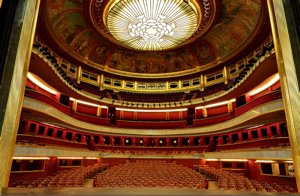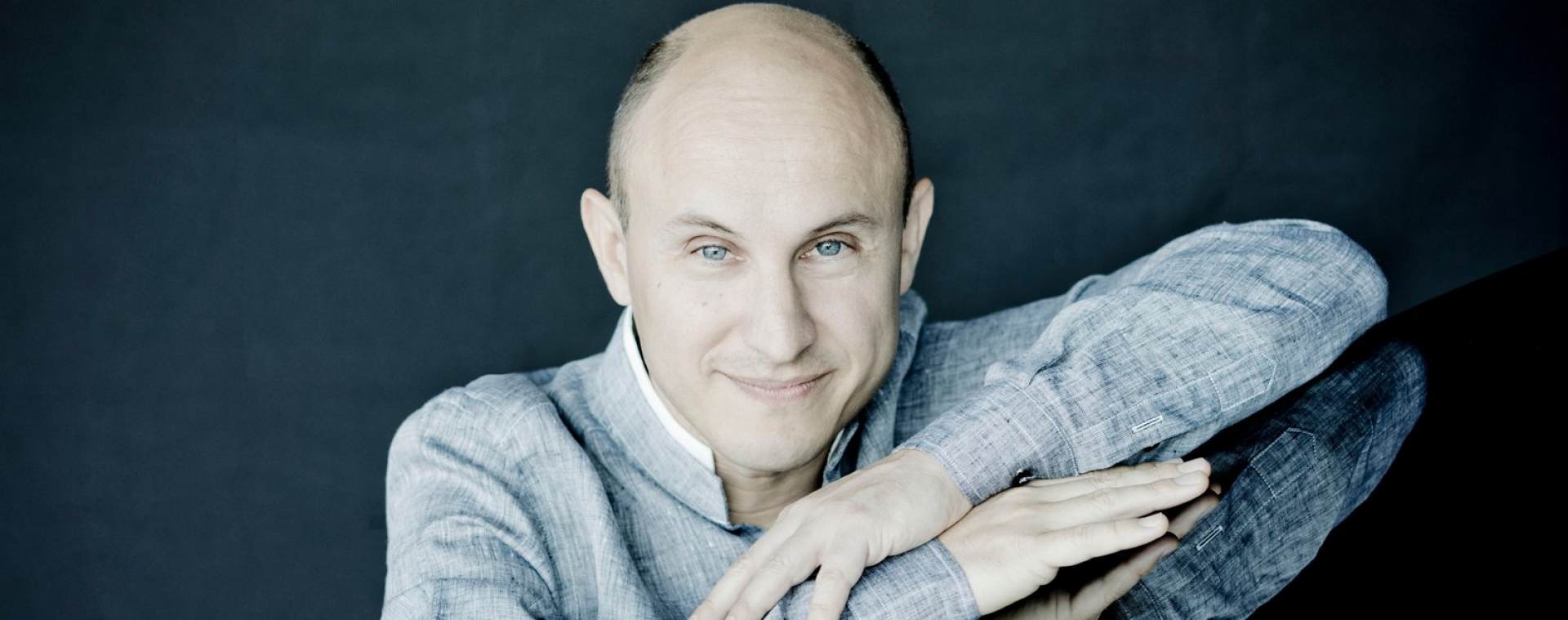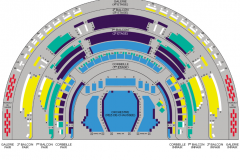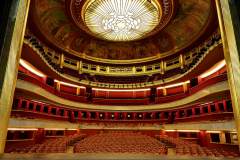Edgar Moreau & Nelson Goerner
Mo | Tu | We | Th | Fr | Sa | Su |
Franck’s Sonata for violin and piano was one of the drivers for a revival in French chamber music. With a few exceptions, music under the Second Empire essentially took the form of opera and even operetta. In contrast to his late works, Franck’s Sonata for Violin, composed in 1886, immediately received a warm critical reception from audiences and critics. The arrangement for cello, one of many such arrangements of the work, is incredibly beautiful, and was premiered two years later. Its melodic richness and harmonic brightness make it one of the most famous pieces in the repertoire. Brahms composed two pieces at twenty years interval for cello and piano. Their rich warm sounds blend particularly well with Brahmsian expression. These sonatas, which are at the pinnacle of chamber music, demand complementarity and osmosis from performers. Softness and rage, melancholy and frenzy, meditation and elation rub shoulders in eloquently spontaneous inflections. The more we listen, the more the depth and lyricism of the fantastical element of this duel between cello and piano become apparent.
Program and cast
Edgar Moreau | cello
Nelson Goerner | piano
Franck Sonata for cello and piano in A major
Brahms Sonatas Nos. 1 and 2 for cello and piano
Théâtre des Champs-Élysées

The Théâtre des Champs- Elysées is undoubtedly one of the finest venues in Paris . Built in 1913 , it has the distinction of having been designed by a group of artists architects Henry Van de Velde and Auguste Perret , the painter and sculptor Antoine Bourdelle , the painter Maurice Denis , and the crystal- René Lalique to do mention the main ones . He was the first Parisian theater to be built entirely of reinforced concrete.
Restoration of the Great Hall devoted to operatic performances , symphony concerts and dance was decided in 1985. Two years later , on 23 September 1987, the theater reopened its doors , completely renovated. Fifteen years after this important work it was decided to undertake a new renovation campaign , but to prevent the complete closure of the theater for an entire season , work is now carried by step during the summer . Then it is to replace aging equipment , to remedy wear certain parts of the theater and improve spectator comfort and artists during their visit . Thus in recent years, including the work involved the renovation of marble facade, replacing the carpet in the room with wooden floors , installation of a new fully decorated wooden concert to a significant improvement of acoustics, the orchestra pit and stage below .
The Théâtre des Champs- Elysées is now a modern working tool receiving each year nearly 300,000 spectators and a few thousands of artists and collaborators.
The Théâtre des Champs- Elysées , the jewel of French architecture of the twentieth century, was in 1953 one of the first buildings of contemporary architectural heritage to be classified as historic monuments . Since 1970 the Caisse des Dépôts owns the entire building 15 avenue Montaigne and principal patron of the theater.
For over a century, Théâtre des Champs-Elysées has been the place where the most celebrated artists have come to make their names in Paris. The world’s finest orchestras and world-class soloists have always been a fixture at the Theatre. Théâtre des Champs-Elysées presents more than 200 concerts each year and is renowned for its outstanding performances of all genres, from classical music concerts and staged opera to contemporary dance and jazz.
How to reach us:
Subway: Alma-Marceau (line 9), Franklin D.Roosevelt (line 1), Pont de l’Alma (RER line C)
Bus: n° 42, 63, 72, 80, 92
Taxi station: Place de l’Alma, corner of avenue George V
Car park: Alma George V. The entrance is in front of n° 19, avenue George V
Fixed rate depending on the length of the performance. Payment upon entering.

 EN
EN DE
DE IT
IT FR
FR ES
ES RU
RU JP
JP RO
RO
 Seating plan
Seating plan 